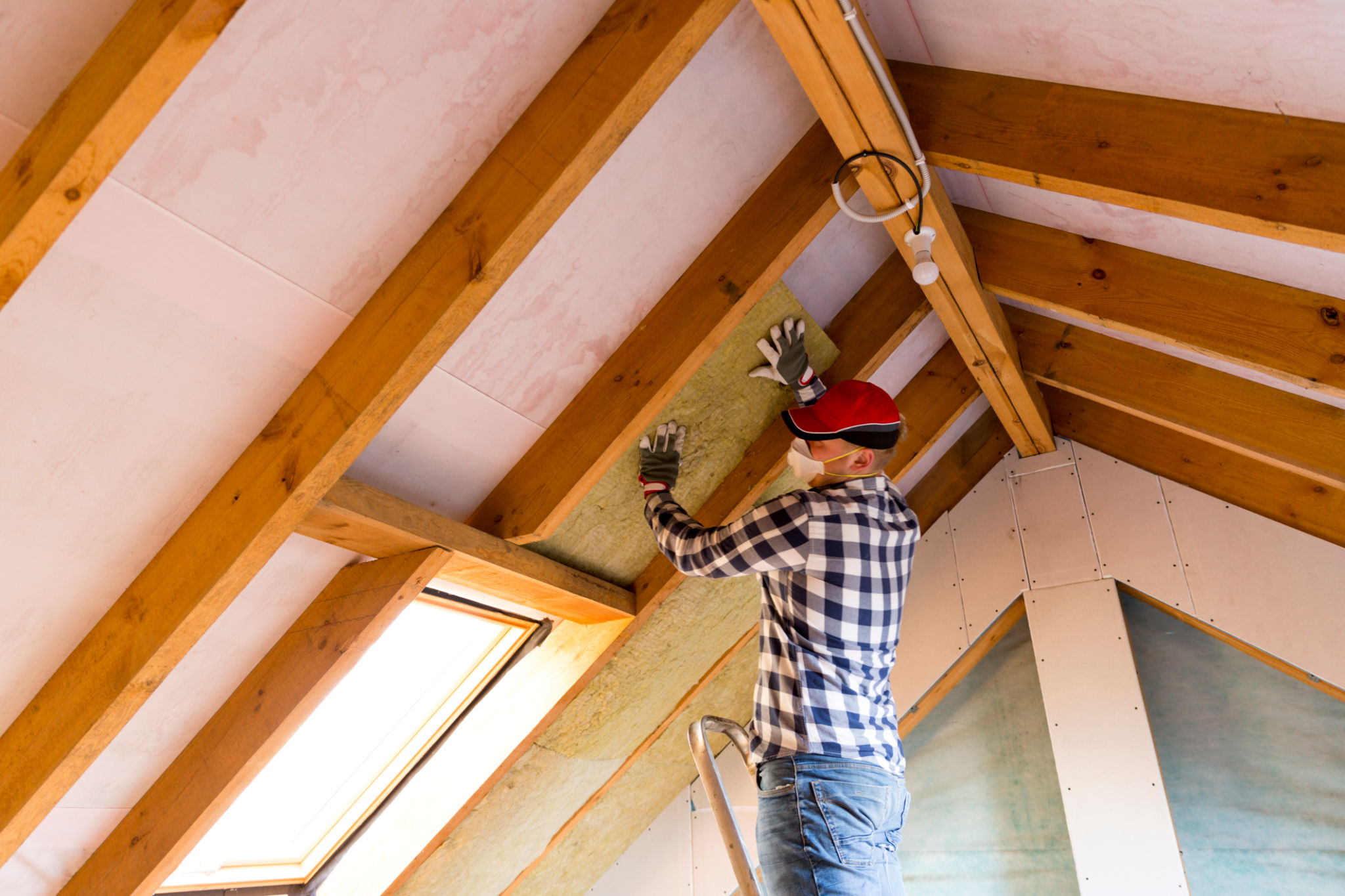Case Study: Successful Eco-Friendly Renovation in Dauphin Island
Introduction to Eco-Friendly Renovation
As environmental concerns continue to rise, the demand for sustainable living solutions has never been higher. Dauphin Island, a picturesque location known for its natural beauty, has become a beacon for eco-friendly innovation in home renovation. This case study explores a successful renovation project that embraced sustainability while enhancing the comfort and aesthetic of a coastal home.
The project was spearheaded by a local architectural firm known for its commitment to green building practices. By integrating eco-friendly materials and cutting-edge technology, they were able to transform an outdated property into a modern, energy-efficient home.

Planning and Design
The initial phase of the project involved meticulous planning and design. The team focused on maximizing space and light in the home while minimizing its environmental footprint. A holistic approach was adopted, considering factors such as orientation, insulation, and material sourcing.
Key design elements included:
- Open floor plans to optimize natural light.
- Strategic window placement for cross-ventilation.
- Use of renewable materials like bamboo and reclaimed wood.
Implementation of Sustainable Technologies
The renovation incorporated several innovative technologies aimed at reducing energy consumption. Solar panels were installed on the roof, providing a renewable energy source that significantly lowered electricity bills. Additionally, a rainwater harvesting system was set up to efficiently manage water usage.

Advanced insulation techniques were applied to ensure thermal efficiency, keeping the home cool in summer and warm in winter. Smart home systems were integrated to monitor and control energy usage, allowing homeowners to make informed decisions about their consumption patterns.
Challenges and Solutions
Despite the success of the project, several challenges were encountered along the way. One major hurdle was sourcing local materials that met the project's sustainability criteria. To address this, partnerships were formed with local suppliers committed to sustainable practices.
Another challenge involved navigating local building codes and regulations. The team worked closely with authorities to ensure compliance while maintaining the integrity of their eco-friendly vision. By fostering open communication and collaboration, they were able to overcome these obstacles efficiently.

Community Impact and Benefits
The successful completion of this renovation project has had a positive impact on the Dauphin Island community. It serves as an inspiring example of how sustainable practices can be integrated into everyday living without compromising on comfort or style.
The project has also sparked interest among local residents and businesses, encouraging them to consider eco-friendly options in their own renovations. This ripple effect has the potential to significantly reduce the community’s overall carbon footprint.
Conclusion
This case study highlights the exciting possibilities of eco-friendly renovation in coastal areas like Dauphin Island. By combining innovative design, sustainable materials, and advanced technology, it is possible to create homes that are both stylish and environmentally responsible.
As more homeowners embrace these practices, we move closer to a future where sustainability is the norm rather than the exception. This project stands as a testament to what can be achieved when creativity meets conscientiousness in the realm of home renovation.
